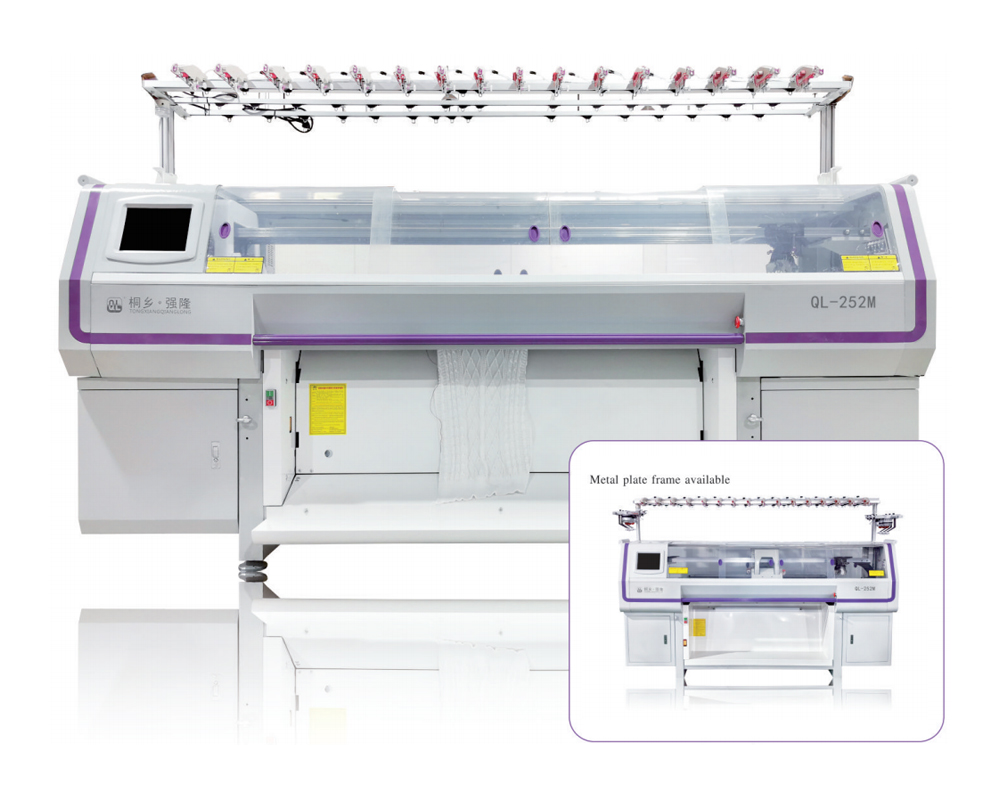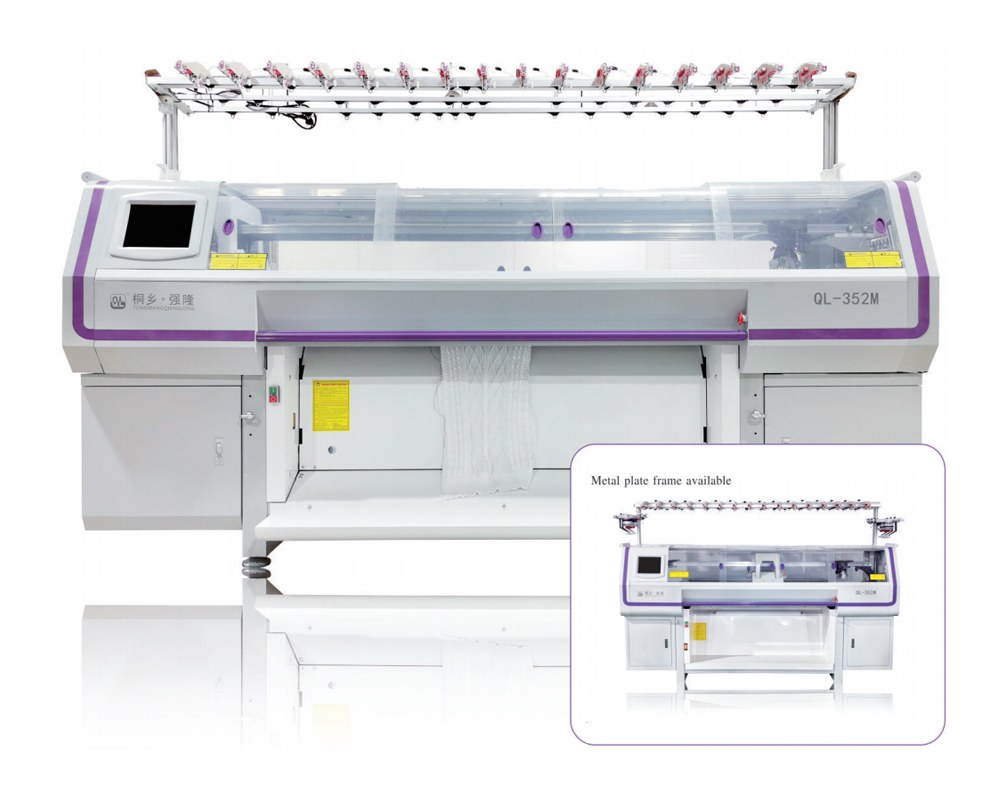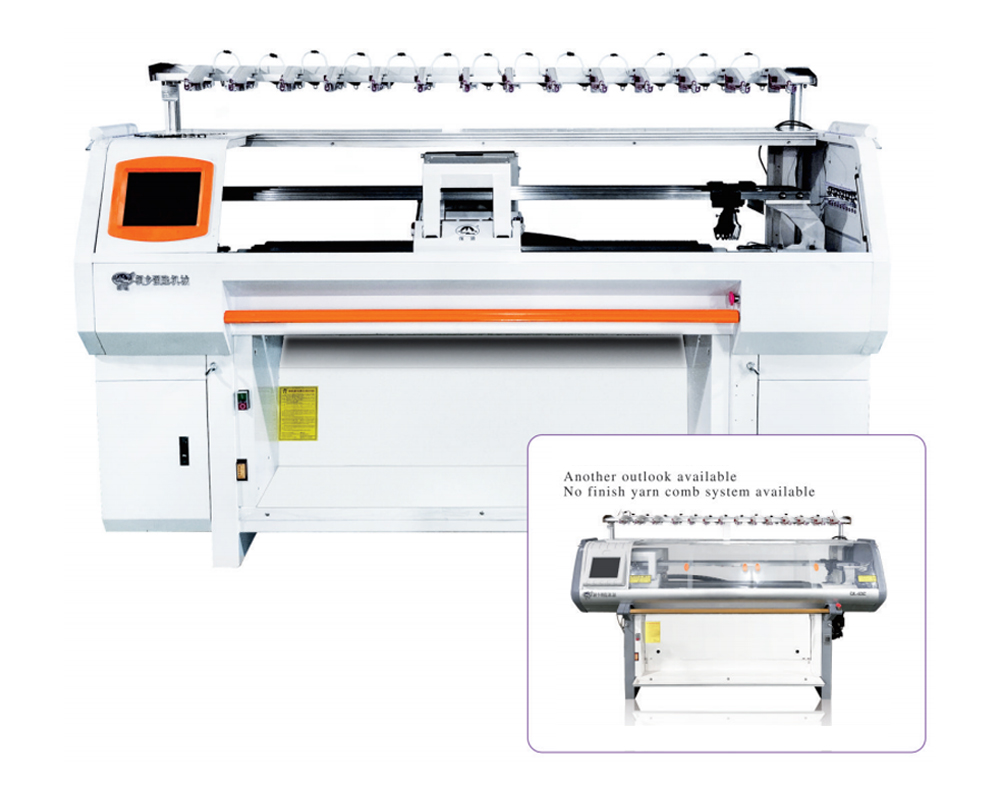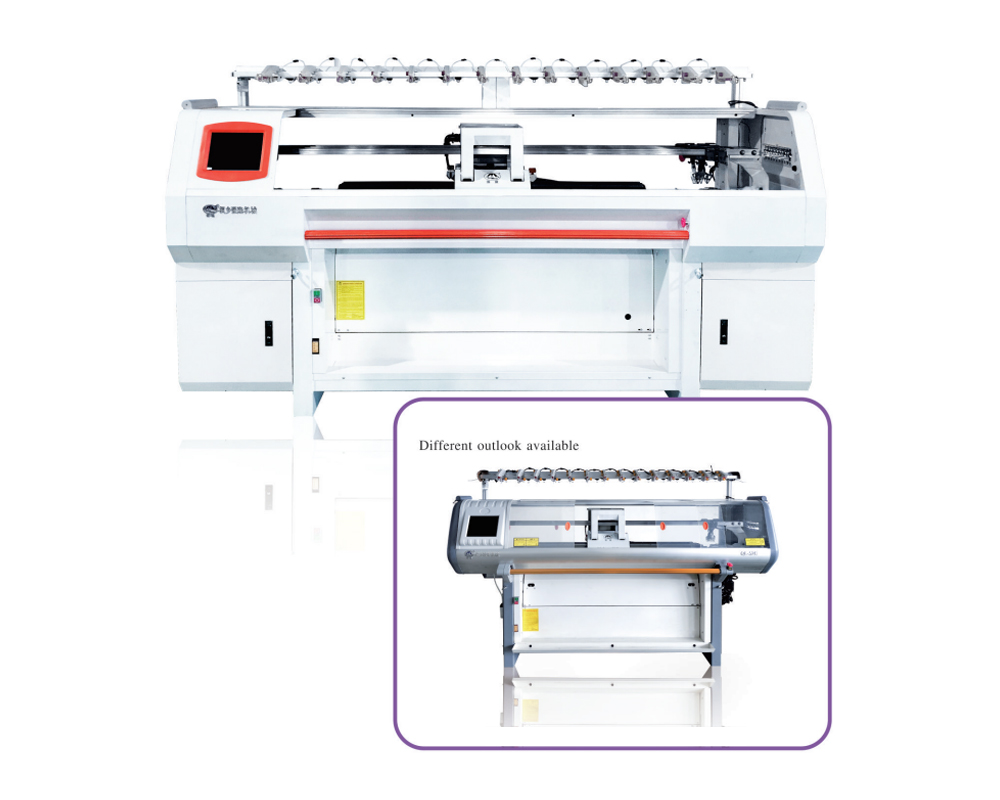Tongxiang Qianglong Machinery Co., Ltd. is high-tech China wholesale computerized flat knitting machine manufacturers, specialized in designing, developing, and manufacturing Knitting Machinery..
Knitting has long been cherished as a traditional craft, but with the advancement of technology, hand knitting is no longer the only way to create knitted fabrics. Knitting machines have revolutionized the textile industry and empowered hobbyists, designers, and manufacturers alike to produce knitted items faster, more efficiently, and with greater precision. From simple home models to complex industrial systems, knitting machines come in a wide variety of types, each suited to different purposes, skill levels, and production scales.
Understanding the different types of knitting machines is essential whether you're a hobbyist looking to expand your crafting toolkit, a fashion designer exploring garment production, or someone interested in textile manufacturing. This guide explores the major categories of knitting machines, their functions, advantages, and ideal uses.
1. Flatbed Knitting Machines
Overview:
Flatbed knitting machines are the most common type used in both home and small-scale commercial settings. They feature a horizontal bed with needles arranged in a straight line, allowing for the creation of flat panels of fabric—ideal for sweaters, scarves, and blankets.
How They Work:
The machine uses a carriage that moves back and forth across the needle bed, automatically forming stitches as it goes. The user manually selects patterns or uses punch cards, electronic inputs, or computer software to control stitch types and designs.
Types:
Manual Flatbed Machines: Operated entirely by hand; the user moves the carriage and changes settings manually. Ideal for beginners and crafters on a budget.
Electronic Flatbed Machines: Controlled by a computer or digital interface, allowing for complex patterns, color changes, and automated shaping.
Best For:
Hobbyists, custom garment makers, and small designers who want flexibility in creating shaped pieces like cardigans, sleeves, and intricate patterns.
Pros:
Can create shaped garments and complex stitch patterns.
Easy to learn for hand knitters transitioning to machines.
Great for prototyping fashion designs.
Cons:
Slower than industrial circular machines.
Limited width due to bed size.

2. Circular Knitting Machines
Overview:
Circular knitting machines produce seamless tubes of fabric by using a ring of needles arranged in a circle. They are widely used in the mass production of garments such as T-shirts, socks, and hosiery.
How They Work:
Yarn is fed into the machine, and all needles work simultaneously to knit in the round. The fabric is continuously pulled downward as it’s formed, creating a seamless tube.
Types:
Single-Cylinder Machines: Use one ring of needles to create single-knit fabrics (e.g., jersey).
Double-Cylinder Machines: Feature two sets of needles (top and bottom) to produce double-knit fabrics, ribbing, or interlock knits with greater elasticity and thickness.
Best For:
Industrial textile manufacturing, sock production, sportswear, and high-volume garment creation.
Pros:
Extremely fast and efficient.
Produces seamless fabric, reducing sewing and labor costs.
Ideal for stretchy, tubular garments.
Cons:
Less flexible for custom or small-batch designs.
Requires significant space and investment.
Not suitable for shaped or open-panel knitting.
3. Dubied (or Punch-Card) Machines
Overview:
Dubied machines are a classic type of flatbed knitting machine that uses punch cards to automate pattern creation. Originally developed in the mid-20th century, they were popular in home knitting before the rise of digital technology.
How They Work:
A punched paper card is fed into the machine. The holes in the card determine which needles will knit on each row, allowing for repeat patterns like Fair Isle, lace, or geometric designs.
Best For:
Vintage knitting enthusiasts, crafters who enjoy retro technology, and those creating repeat-pattern projects.
Pros:
Affordable compared to electronic models.
Durable and long-lasting with proper maintenance.
Encourages creativity through manual pattern design.
Cons:
Limited to repeating patterns.
Punch cards can wear out or get damaged.
No real-time editing—designs must be pre-planned.
4. Computerized Knitting Machines
Overview:
The most advanced type of knitting machine, computerized models connect to design software that allows users to create, edit, and upload custom patterns directly to the machine.
How They Work:
Using specialized software (such as DesignaKnit or KnitPaint), designers can draw patterns, simulate fabrics, and send instructions to the machine via USB or wireless connection. The machine then executes the design with high precision.
Best For:
Professional designers, fashion houses, and tech-savvy hobbyists who want full creative control.
Pros:
Enables highly complex and unique designs.
Supports colorwork, lace, cables, and intarsia without manual intervention.
Saves time and reduces errors.
Cons:
High initial cost.
Requires learning curve for software and machine operation.
Dependent on computer and software compatibility.
5. Sock Knitting Machines
Overview:
Dedicated to producing seamless socks, these compact machines are a favorite among crafters who love making hosiery. They are typically circular machines designed specifically for small-diameter knitting.
How They Work:
Most sock machines have a small cylinder with needles that knit the sock tube. The heel and toe are often shaped manually or with attachments, while the leg and foot are automated.
Best For:
Socks, gloves, and small tubular items.
Pros:
Fast production of socks (can finish a pair in under an hour).
Compact and affordable compared to larger machines.
Fun for crafters who enjoy wearable accessories.
Cons:
Limited to small items.
Manual shaping required for heels and toes.
Fewer pattern options than flatbed machines.
6. Tuck and Weft Insertion Machines
Overview:
These are specialized industrial machines used to create textured or reinforced fabrics. They go beyond basic knit stitches by incorporating tuck stitches (where yarn is held without being knitted) or inserting additional weft yarns for strength and design.
How They Work:
In tuck knitting, some needles hold the yarn for multiple rows, creating loops on the fabric’s surface. Weft insertion adds non-knitted yarns horizontally for durability—common in technical textiles.
Best For:
Sportswear, outdoor gear, upholstery, and technical fabrics requiring texture or reinforcement.
Pros:
Creates unique textures and 3D effects.
Enhances fabric durability and insulation.
Used in high-performance apparel.
Cons:
Complex operation.
Mostly industrial; not available for home use.
High maintenance and cost.
7. Warp Knitting Machines
Overview:
Warp knitting is a method where each needle has its own yarn, and loops are formed vertically (in the warp direction). This is different from weft knitting, where a single yarn feeds across the needles.
How They Work:
Yarns are fed from a creel (a large rack of cones) to guide bars that move in a zigzag pattern, forming interlocking loops. Common types include tricot and raschel machines.
Best For:
Lace, swimwear, lingerie, and technical fabrics like mesh or netting.
Pros:
Produces stable, run-resistant fabrics.
Excellent for fine, delicate materials.
High production speed.
Cons:
Less stretch than weft-knitted fabrics.
Requires specialized knowledge and equipment.
Primarily used in factories.
Choosing the Right Knitting Machine
When selecting a knitting machine, consider the following factors:
Purpose: Are you making garments, accessories, or industrial textiles?
Skill Level: Beginners may prefer manual or simple electronic models.
Budget: Prices range from $100 for basic sock machines to over $10,000 for industrial systems.
Space: Home machines are compact; industrial units require dedicated rooms.
Production Volume: Hobbyists need smaller machines; businesses require high-output models.
Final Thoughts
Knitting machines have evolved from simple mechanical tools to sophisticated, computer-driven systems capable of producing everything from cozy sweaters to high-tech sportswear. Whether you're a home crafter looking to speed up your projects or a manufacturer aiming for mass production, there's a knitting machine designed to meet your needs.
From flatbed and circular machines to computerized and warp knitters, each type offers unique capabilities. By understanding the differences, you can choose the right machine to bring your creative or commercial vision to life—blending tradition with innovation in the ever-evolving world of textiles.
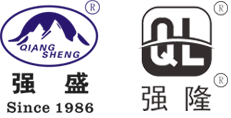
 English
English 简体中文
简体中文
 Chinese
Chinese English
English
